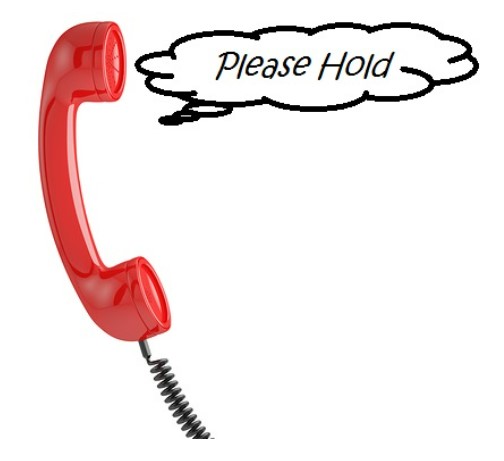-
17
Oct
Part 13 of 22 Ways To Reduce LTL Costs That Don’t Involve A Price Reduction – Hold Shipments To Increase Shipments Picked Up

13. Hold Shipments To Increase Shipments Picked Up
After a bit of a hiatus, I am back to wrap up the rest of the “22 Ways To Reduce LTL Costs That Don’t Involve a Price Reduction”.
The year 2022 has certainly given us some twists and turns in the freight market. When I started writing about how to reduce LTL costs without a price reduction, we were in an environment where LTL carriers had significant pricing leverage, base freight charges were escalating, and fuel surcharges were only compounding matters. I wanted to help point out ways shippers could soften the blow.
Fast forward just a few months, and while the LTL freight environment has not flipped in the shipper’s direction, it sure seems headed that way. Most everyone agrees we are entering a softening freight environment where LTL prices should at least moderate if not pull back somewhat.
But even though the pendulum has or will shift, it still remains in a shipper’s best interests to seek cost reductions internally. Doing so can super-charge any external cost reductions secured. This 13th tactic is simple to execute and can pay big dividends.
Density means many things in LTL. First and foremost, it measures a shipment’s space relative to weight, pounds per cubic feet. It also means the amount of freight moving within a closed environment such as a freight lane, a terminal, or a pickup route.
LTL carriers want pickup density. They prefer to pick up multiple shipments and/or multiple handling units at a shipper’s dock. This allows them to spread the costs of performing a pickup across more than one handling unit and shipment. It would be incredibly inefficient for a carrier if every pickup was just one shipment of one pallet.
One method of improving a shipper’s pickup density is to not tender every shipment on the day that it is ready. Instead, hold shipments so that they can be picked up the next day, with the shipments built that day. Shippers should absolutely do this if they only have one shipment to be picked up. Not only is this a very inefficient pickup for the carrier, but the shipper may be assessed the dreaded Single Shipment pickup fee which can be as high as $50.
Shippers can also have carriers pick up freight every other day rather than every day. This provides the carrier with twice the amount of freight to pick up each time, thus twice the density. And it may even provide opportunity to consolidate shipments destined to the same consignee, saving even more money.
By improving your pickup density, you the LTL shipper can benefit both directly and indirectly. Directly, you can eliminate Single Shipment charges and reduce the costs of two or more shipments going to the same consignee by bundling them together as one larger shipment. Indirectly, your carrier will appreciate the greater pickup density and the lower risk of performing an inefficient pickup. They will reward you over time with better pricing and/or better service. Who does not want that?
- (479) 461-1672
- Contact Us
